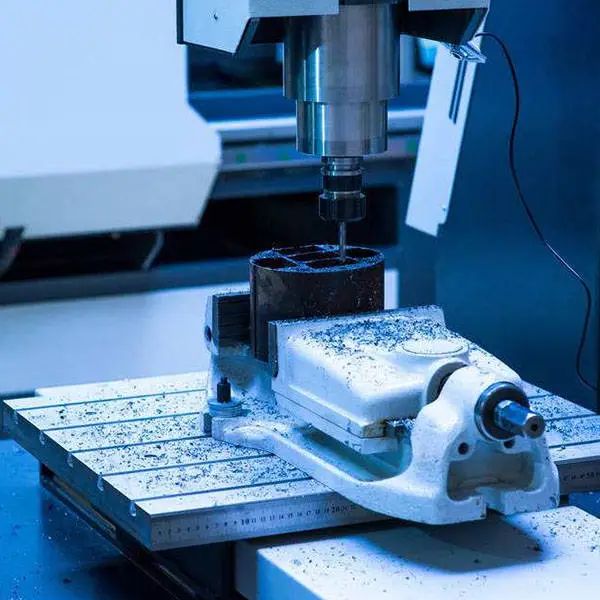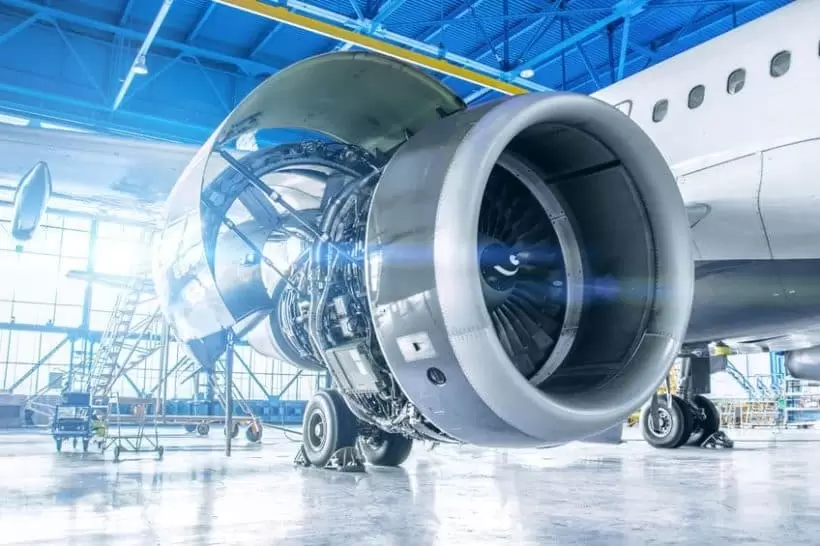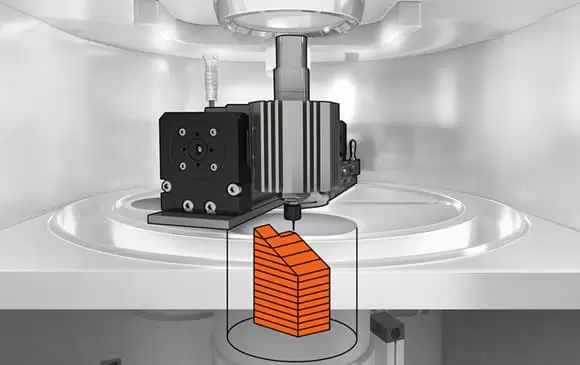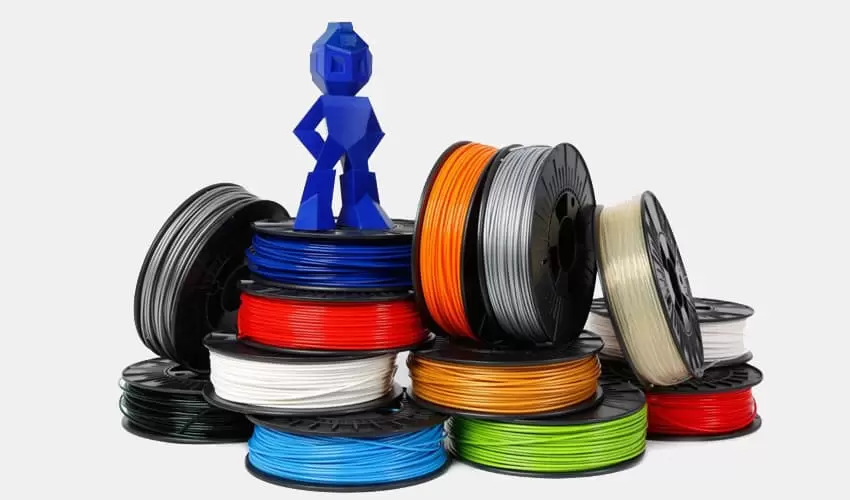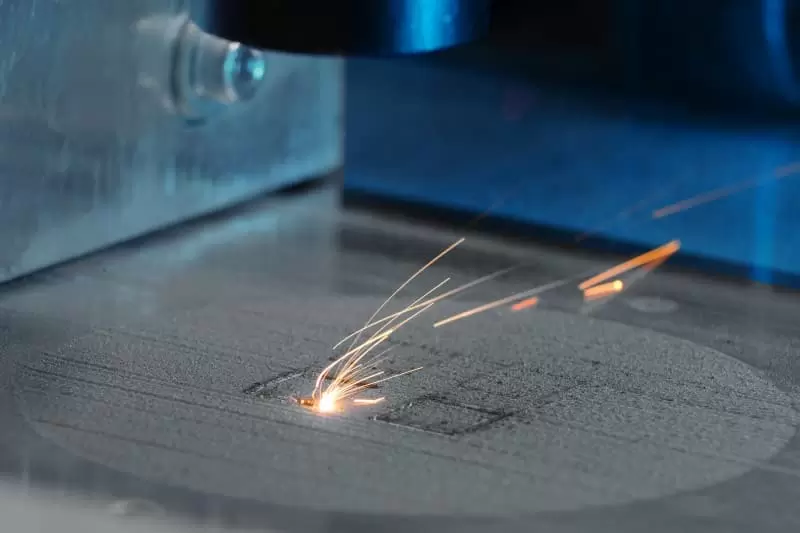we explore the exciting intersection of 3D printing technology and lung disease treatment. Discover how 3D printing is transforming the way medical professionals approach the diagnosis, treatment, and management of lung diseases such as chronic obstructive pulmonary disease (COPD), cystic fibrosis, and lung cancer. From creating personalized implants to developing innovative drug delivery systems, 3D printing is paving the way for more effective and patient-centric treatments. Join us on this journey to understand the potential of 3D printing in revolutionizing lung disease care.
I. Introduction
A. Overview of Lung Diseases and Their Impact on Healthcare
Lung diseases pose a significant health challenge globally, affecting millions of lives and placing a considerable burden on healthcare systems. This section provides an overview of the prevalent lung diseases, ranging from chronic conditions like chronic obstructive pulmonary disease (COPD) to respiratory infections and lung cancers. Understanding the impact of these diseases on patients and healthcare resources sets the stage for exploring innovative solutions through 3D printing technology.
B. The Promise of 3D Printing Technology in Medicine
The landscape of medical treatments is undergoing a transformative shift, and 3D printing technology stands at the forefront of this revolution. This part highlights the promise that 3D printing holds in revolutionizing healthcare, specifically in the treatment of lung diseases. From personalized implants to innovative drug delivery systems, 3D printing technology offers a new paradigm for addressing the complexities of lung disease treatment.
C. Objectives of the Guide
As we delve into the intricate intersection of 3D printing and lung disease treatment, our objectives are clear. This guide aims to demystify the principles of 3D printing technology, showcase its diverse applications in lung disease treatment, address challenges and ethical considerations, explore future prospects, and provide practical insights for healthcare professionals and patients. By the end, readers should have a comprehensive understanding of the revolutionary potential of 3D printing in reshaping lung disease treatment.
II. Basics of 3D Printing Technology
A. Explanation of 3D Printing Principles and Processes
3D printing, also known as additive manufacturing, is a process that creates physical objects from digital models by depositing layers of material on top of each other. The digital model can be designed using computer-aided design (CAD) software or scanned from an existing object. The material can be plastic, metal, ceramic, or even biological tissue.
The 3D printing process consists of three main steps: pre-processing, printing, and post-processing. In the pre-processing step, the digital model is sliced into thin cross-sections that correspond to the layers of the printed object. In the printing step, the material is extruded, cured, or sintered by a nozzle, a laser, or a beam of electrons, depending on the type of 3D printing technology. In the post-processing step, the printed object is removed from the printer and cleaned, polished, or treated to improve its appearance and functionality.
B. Different Types of 3D Printing Technologies Used in Medicine
There are many types of 3D printing technologies available, but not all of them are suitable for medical applications. Some of the most common ones used in medicine are:
- Fused Deposition Modeling (FDM): This technology uses a heated nozzle to extrude thermoplastic filaments onto a platform, forming layers that fuse together. FDM is one of the most widely used and affordable 3D printing technologies, but it has limitations in terms of resolution, accuracy, and material compatibility. FDM can be used to create anatomical models, surgical guides, and prosthetics.
- Stereolithography (SLA): This technology uses a laser to selectively cure liquid resin into solid layers on a platform. SLA can produce high-resolution and smooth-surfaced objects with complex geometries and intricate details. SLA can be used to create dental implants, hearing aids, and biocompatible scaffolds for tissue engineering.
- Selective Laser Sintering (SLS): This technology uses a laser to selectively fuse powdered material into solid layers on a platform. SLS can print with a variety of materials, including metals, ceramics, and polymers. SLS can produce strong and durable objects with high mechanical properties and thermal resistance. SLS can be used to create metal implants, surgical instruments, and drug delivery devices.
C. Advantages of Using 3D Printing in Medical Applications
The advantages of using 3D printing in medical applications are manifold. Some of the key benefits are:
- Customization: 3D printing can create personalized solutions that fit the specific needs and preferences of each patient. For example, 3D printing can create customized implants that match the shape and size of the patient's anatomy, reducing the risk of complications and improving the comfort and functionality.
- Efficiency: 3D printing can reduce the time and cost of prototyping and production by eliminating the need for molds, tools, and assembly. For example, 3D printing can create complex structures in one piece that would otherwise require multiple components and processes.
- Innovation: 3D printing can enable novel designs and functionalities that are otherwise impossible or impractical to achieve with conventional methods. For example, 3D printing can create porous structures that mimic the natural architecture of tissues and organs, facilitating cell growth and vascularization.
III. Applications of 3D Printing in Lung Disease Treatment
A. Personalized Implants and Prosthetics for Lung Reconstruction
Case Studies Showcasing Successful Implantations
In the realm of lung disease treatment, personalized implants and prosthetics play a pivotal role in reconstructing damaged tissues. This part delves deeper into compelling real-world case studies that demonstrate the transformative impact of 3D-printed implants. Detailed examples include patient-specific bronchial stents customized from CT scans that reconstructed airway collapse. Another case examines customized tracheal prosthetics that were implanted to restore breathing function. Through these in-depth examinations, readers gain a nuanced understanding of successful clinical applications.
Benefits of Personalized Implants for Patients
The benefits of personalized implants extend far beyond mere structural reconstruction as discussed here. Specific examples illustrate how customized solutions precisely restored lung function and improved postoperative recovery times. Quantitative data is presented showing reduced complications such as implant rejections compared to traditional one-size-fits-all approaches. Personal accounts provide insights into improved quality of life outcomes. The patient-centric focus of 3D printing becomes evident through these impactful advantages.
B. Drug Delivery Systems for Targeted Therapy
Development of Customized Drug Delivery Devices
3D printing extends its capabilities to drug delivery through customized devices. Examined here are detailed examples of personalized inhalers fabricated with tailored drug reservoirs and release mechanisms. Another case study explores microspheres constructed with precision coatings to control drug elution rates. Readers gain a deeper understanding of complex design considerations through these real implementations.
Improving Efficacy and Reducing Side Effects
Targeted drug delivery enhances treatment through improved efficacy and reduced side effects, as discussed in further detail. Specific data is presented showing higher concentration of anti-inflammatory medications delivered to affected lung regions using 3D printed inhalers. Studies also report fewer systemic side effects from localized therapy using 3D printed microspheres. Readers discern how precision medicine benefits from 3D printing applications.
C. Simulation and Modeling for Surgical Planning and Training
Precision Surgery Planning Using 3D Printed Models
Surgical planning leverages detailed 3D printed models as discussed here with specific examples. A case examines how intricate lung models facilitated resection of tumors in complex anatomical regions. Another explores 3D printed vasculature that aided planning of minimally invasive procedures. Readers gain insights through real implementation details.
Training Medical Professionals Through Virtual Simulations
Virtual simulations provide hands-on learning for healthcare practitioners as explored in further depth. Examples include a 3D printed model of diseased airways that was used to train pulmonary fellows. Another discusses a virtual reality simulation developed for bronchoscopy. Quantitative data is presented showing improved skills and reduced errors. Readers understand the educational impacts on patient outcomes through such examples.
IV. Challenges and Ethical Considerations
A. Regulatory and Safety Concerns Related to 3D Printed Medical Devices
While the potential of 3D printing in lung disease treatment is immense, it comes with regulatory challenges. This part explores the evolving landscape of regulations governing 3D printed medical devices, ensuring safety, efficacy, and compliance with stringent standards. The discussion addresses the need for a robust regulatory framework to safeguard patient well-being.
B. Ethical Considerations in Personalized Medicine and Data Privacy
The personalization inherent in 3D printing raises ethical considerations related to patient consent, data privacy, and equitable access to advanced treatments. This section delves into the ethical dimensions of personalized medicine, emphasizing the importance of transparent communication, informed consent, and safeguarding patient privacy in the age of digital healthcare.
C. Addressing Accessibility and Affordability Issues
The transformative potential of 3D printing should not be exclusive. This part discusses the challenges associated with the accessibility and affordability of 3D printed treatments for lung diseases. Strategies for addressing these issues, from fostering collaboration to promoting research on cost-effective materials, are explored to ensure widespread availability of this groundbreaking technology.
V. Future Prospects and Innovations in Lung Disease Treatment with 3D Printing
A. Emerging Research and Developments in the Field
The field of lung disease treatment is on the brink of groundbreaking innovations facilitated by 3D printing. This section explores emerging research areas, from bioprinting of functional lung tissues to the development of smart implants. The discussion sheds light on the evolving landscape, providing insights into the potential breakthroughs that could redefine lung disease treatment.
B. Potential Collaboration Between Healthcare Professionals and Engineers
A synergy between healthcare professionals and engineers is crucial for driving innovation in lung disease treatment. This part emphasizes the potential for collaboration between medical experts and engineers specializing in 3D printing technology. By fostering interdisciplinary partnerships, the guide envisions a future where medical professionals actively contribute to the design and implementation of 3D printed solutions.
C. Anticipated Advancements in Materials and Printing Technologies
Materials and printing technologies are at the core of 3D printing advancements. This section explores the anticipated innovations in materials, such as bioinks for bioprinting and advanced polymers for structural implants. Additionally, it discusses how evolving printing technologies will enhance precision and speed in the production of customized solutions for lung disease treatment.
VI. Practical Tips for Healthcare Professionals and Patients
A. Selecting Appropriate 3D Printing Solutions for Specific Lung Diseases
Healthcare professionals play a crucial role in determining the suitability of 3D printing solutions for specific lung diseases. This part provides practical tips on evaluating patient needs, considering the nature of the disease, and collaborating with experts in 3D printing to select the most appropriate solutions.
B. Engaging with Regulatory Bodies and Ensuring Compliance
Navigating the regulatory landscape is essential for the successful implementation of 3D printing in lung disease treatment. This section offers practical insights on engaging with regulatory bodies, understanding compliance requirements, and ensuring that 3D printed medical devices adhere to established standards for safety and efficacy.
C. Educating Patients About the Benefits and Limitations of 3D Printed Treatments
Patient education is a key element in the adoption of 3D printed treatments. This part provides guidance for healthcare professionals on effectively communicating with patients about the benefits and limitations of 3D printing in lung disease treatment. Informed patients contribute to better decision-making and foster a collaborative approach to healthcare.
VII. Conclusion
A. Recap of Key Findings and Takeaways from the Guide
As we conclude this comprehensive guide, a recap of key findings and takeaways reinforces the transformative potential of 3D printing in lung disease treatment. From personalized implants to innovative drug delivery systems, the guide provides a holistic understanding of how 3D printing is reshaping the landscape of respiratory healthcare.
B. Final Thoughts on the Transformative Potential of 3D Printing in Lung Disease Treatment
The revolutionary impact of 3D printing on lung disease treatment is poised to redefine the way healthcare professionals approach respiratory conditions. This section offers final reflections on the transformative potential of 3D printing, highlighting its capacity to enhance precision, improve outcomes, and usher in a new era of patient-centric lung disease treatment.
C. Encouragement for Continued Exploration and Adoption of This Technology in Clinical Settings
The journey doesn't end here—it continues with a call to healthcare professionals, researchers, and industry stakeholders to continue exploring and adopting 3D printing technology in clinical settings. By pushing the boundaries of innovation, collaboration, and ethical practices, the healthcare landscape can further harness the potential of 3D printing for the benefit of patients facing lung diseases.
